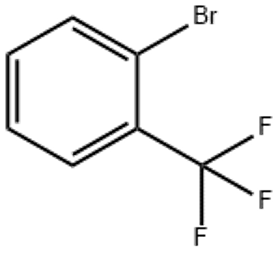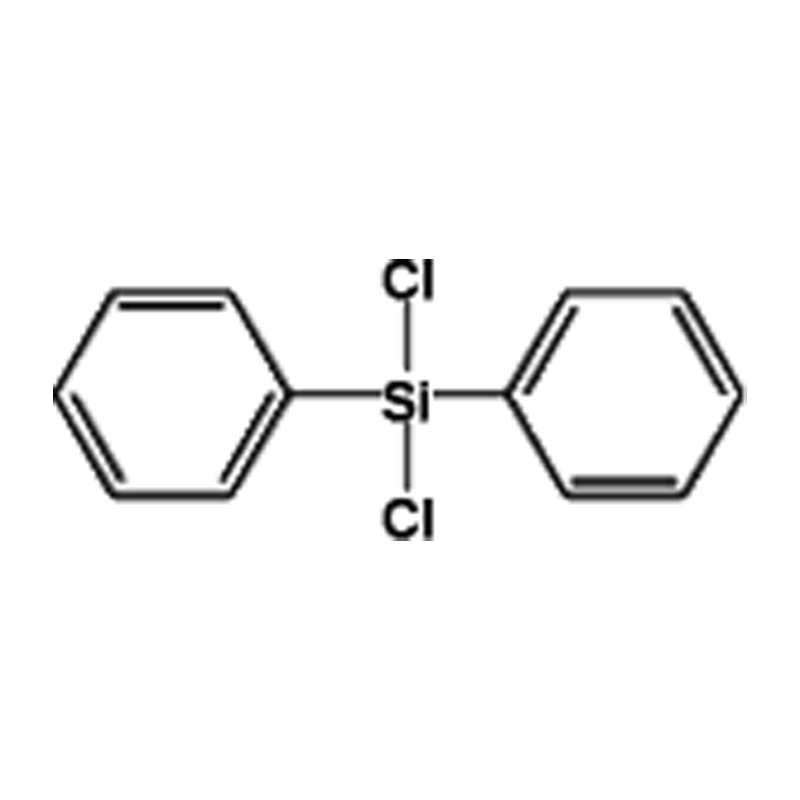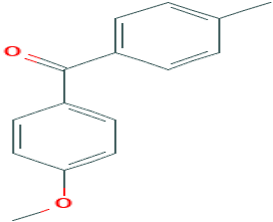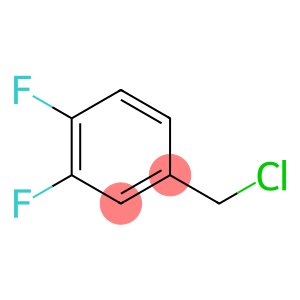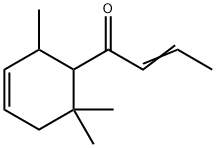3-Fluor Phenyl Hydrazine Hydrochloride(CAS# 2924-16-5)
| Risk Codes | R20/21/22 – Harmful by inhalation, in contact with skin and if swallowed. R36/37/38 – Irritating to eyes, respiratory system and skin. R43 – May cause sensitization by skin contact R40 – Limited evidence of a carcinogenic effect R23/24/25 – Toxic by inhalation, in contact with skin and if swallowed. |
| Safety Description | S26 – In case of contact with eyes, rinse immediately with plenty of water and seek medical advice. S37/39 – Wear suitable gloves and eye/face protection S45 – In case of accident or if you feel unwell, seek medical advice immediately (show the label whenever possible.) S36/37 – Wear suitable protective clothing and gloves. S36 – Wear suitable protective clothing. |
| UN IDs | 2811 |
| WGK Germany | 3 |
| HS Code | 29280000 |
| Hazard Class | IRRITANT |
| Packing Group | III |
Introduction
3-Fluorophenylhydrazine hydrochloride is an organic compound. The following is an introduction to its nature, use, preparation method and safety information:
Quality:
- Appearance: Colorless crystals or white crystalline powder.
- Solubility: Soluble in water and slightly soluble in alcohols and ethers.
Use:
- 3-fluorophenylhydrazine hydrochloride is widely used in organic synthesis as a reducing agent or reagent for the synthesis of organic compounds such as pesticides, dyes, and antibiotics.
- It is also used in the preparation of nonlinear optical materials.
Method:
- 3-Fluorophenylhydrazine hydrochloride is usually prepared by reacting 3-fluorophenylhydrazine with hydrochloric acid under suitable conditions.
- During the reaction, 3-fluorophenylhydrazine is dissolved in hydrochloric acid and then slowly crystallized to obtain crystals, which can be recrystallized or other purification steps to improve the purity of the product.
Safety Information:
- It can be irritating and direct contact with the skin and eyes should be avoided.
- Wear appropriate protective equipment, such as lab gloves, goggles, etc., when using.
- Avoid contact with strong oxidizing agents and strong acids to prevent dangerous reactions.
- When storing and transporting, pay attention to moisture protection and avoid moisture.
- Dispose of waste properly following general laboratory safety practices.



